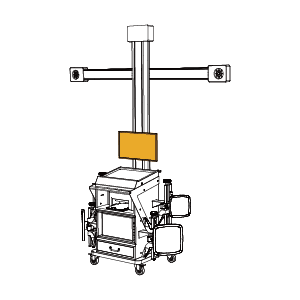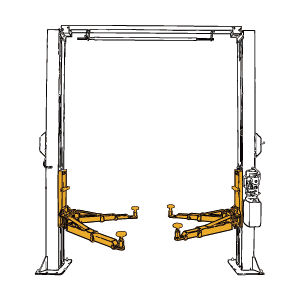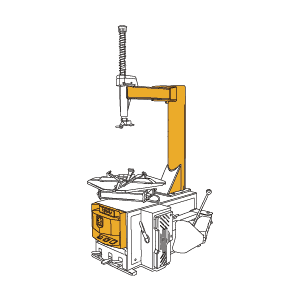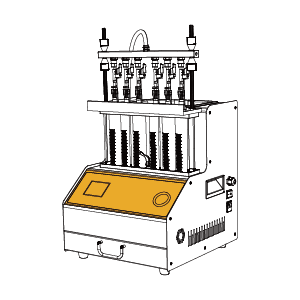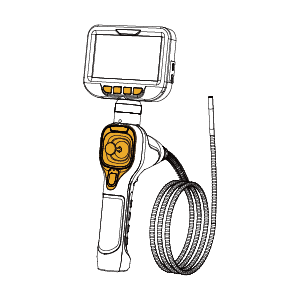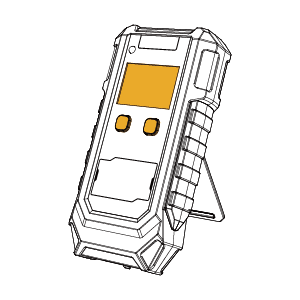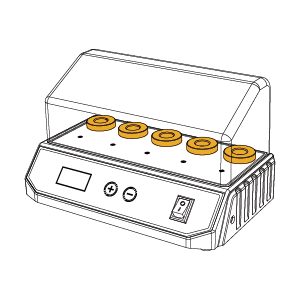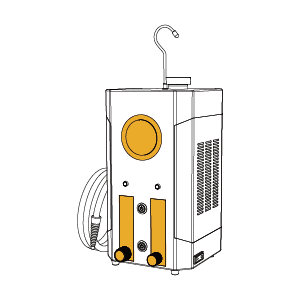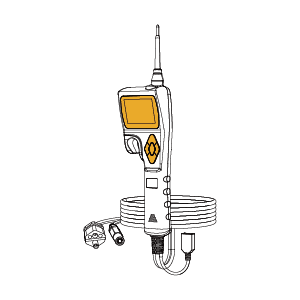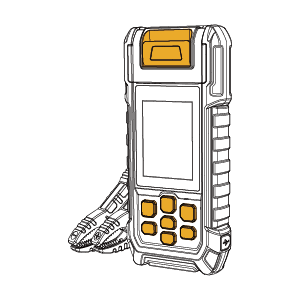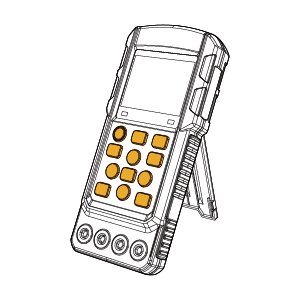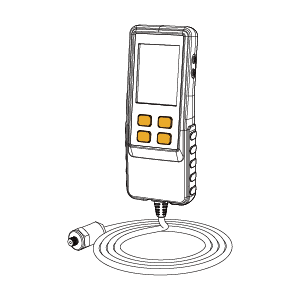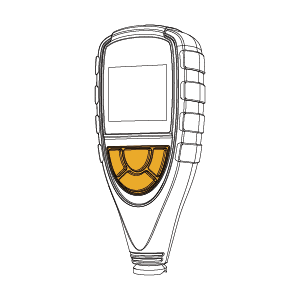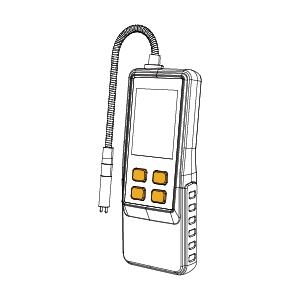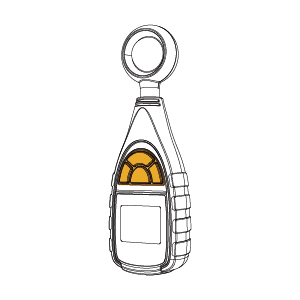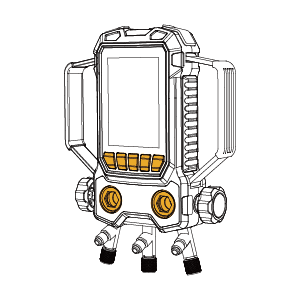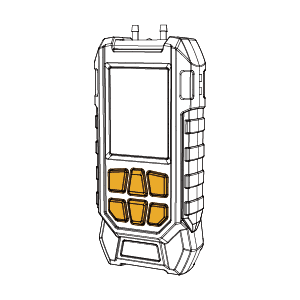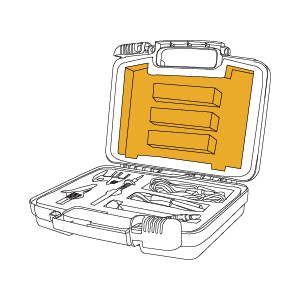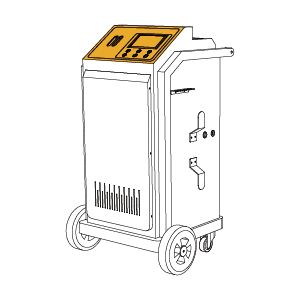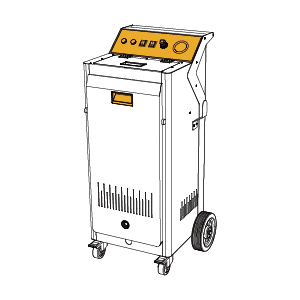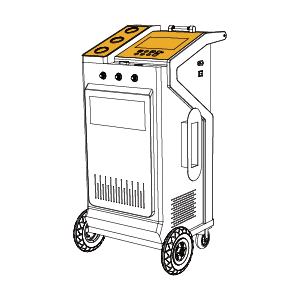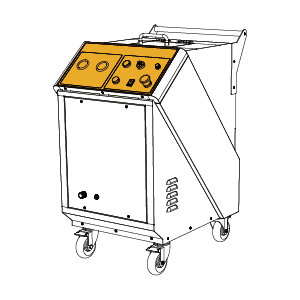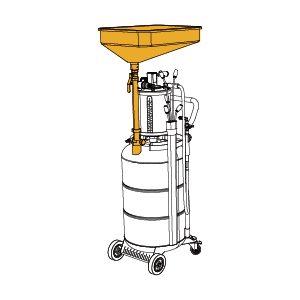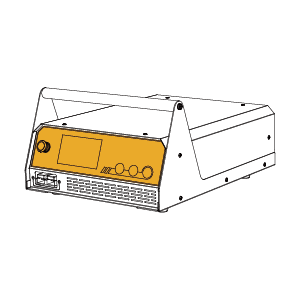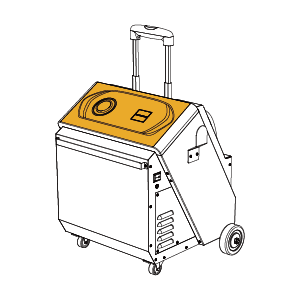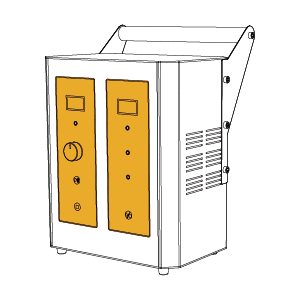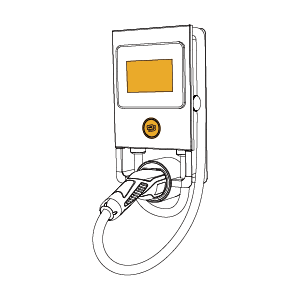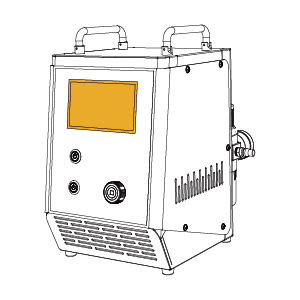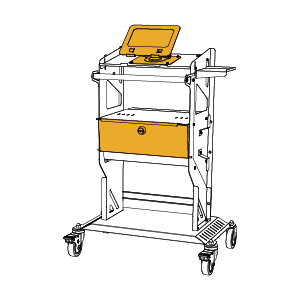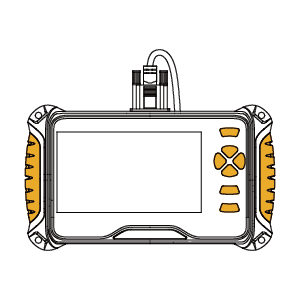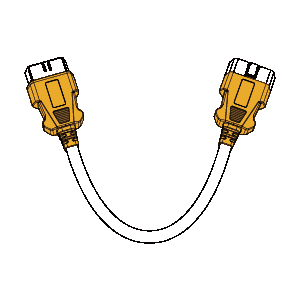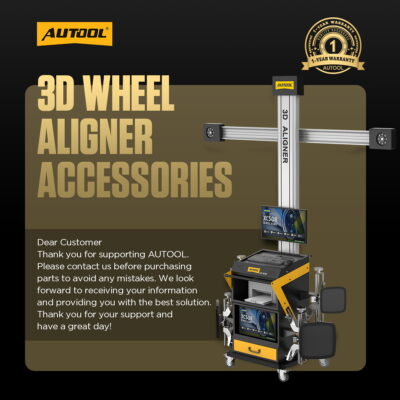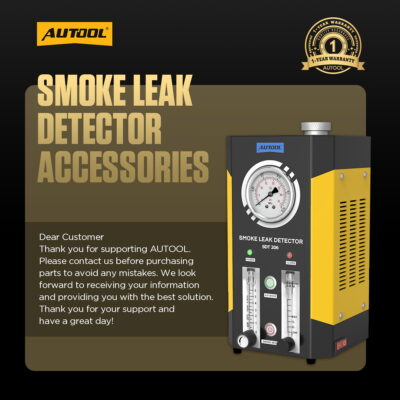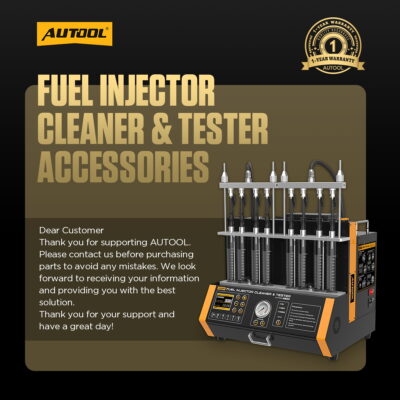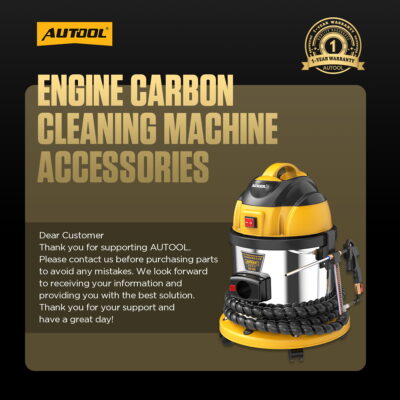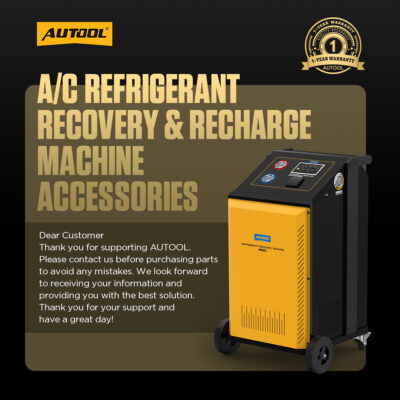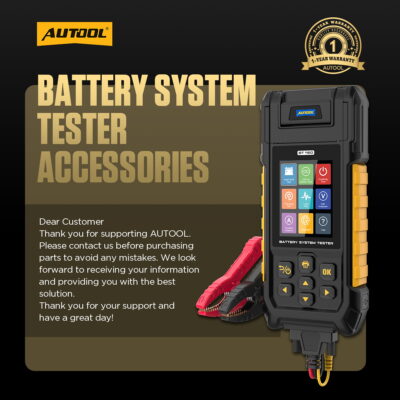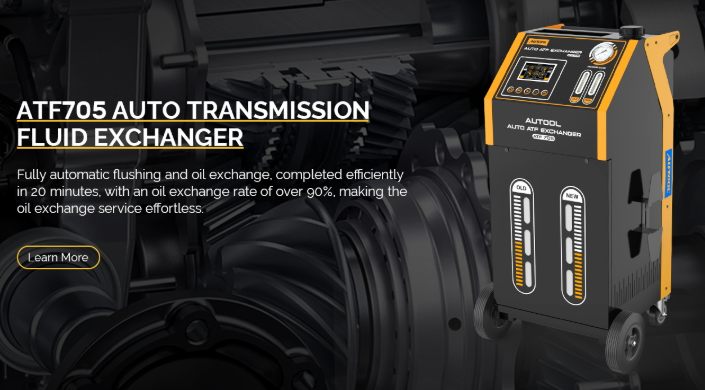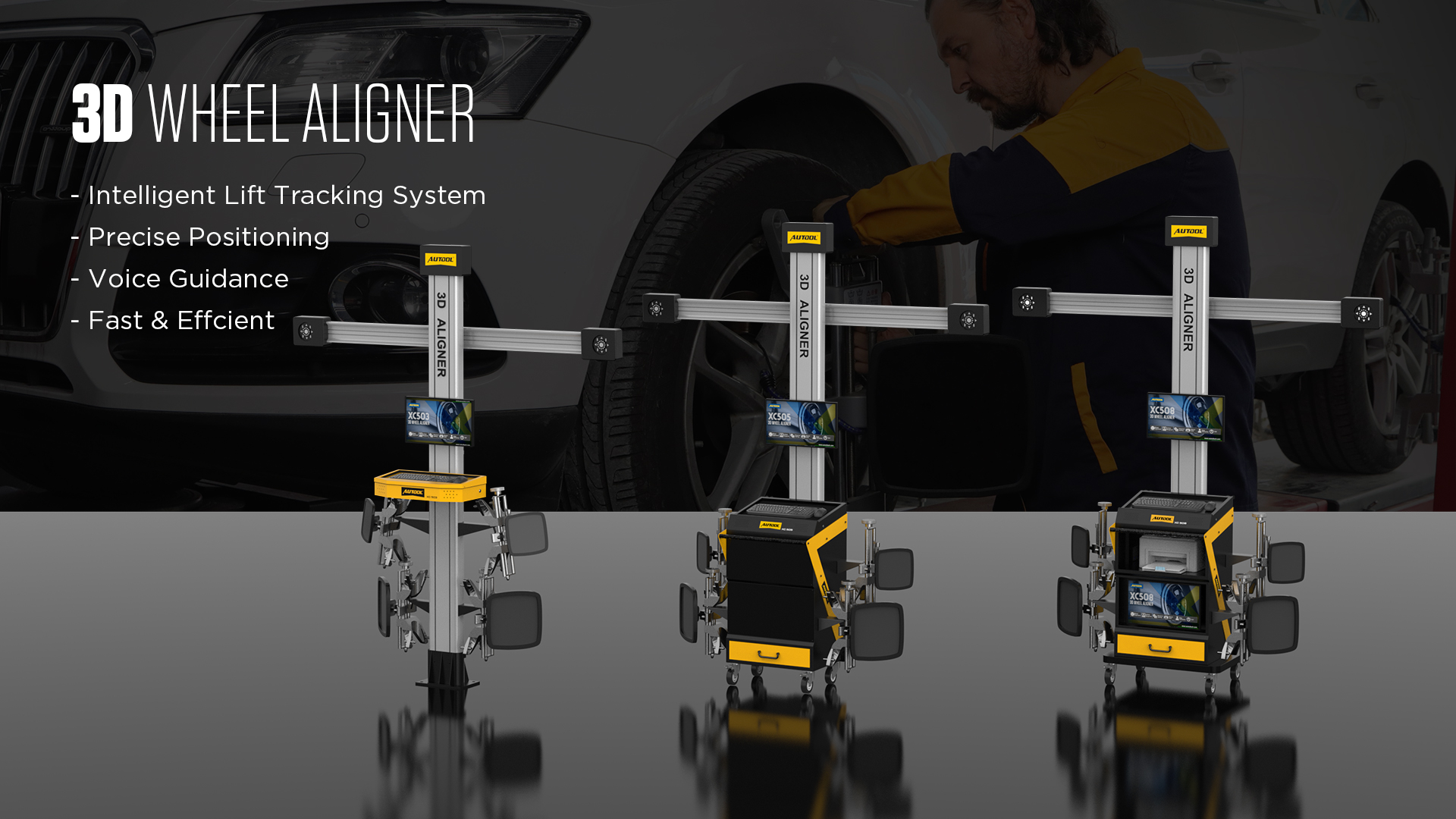Repair Information
Avoid Breakdowns on the Road! Essential Car Maintenance Checklist Before Trip
Why is summer car maintenance especially necessary?
Summer is a time of high breakdowns and accidents, and heat stress can exacerbate mechanical problems that have not been fixed in time. “There are many accidents caused by unmaintained vehicles during the summer months, and heat can make pre-existing problems deadly,” so a thorough vehicle maintenance in advance is essential to ensure that summer driving trips are safe, smooth and save you money.
1. Hot weather magnifies hidden mechanical problems
High-temperature environments can exacerbate aging defects in engines, tires, brakes, batteries and other systems, which can easily lead to serious failures or even accidents if not maintained in a timely manner. For example, the California Highway Patrol points out that during the summer months, many mechanical problems are magnified and even become fatal hazards due to heat stress.
2. Neglecting car maintenance = breakdowns + accidents + costly repairs
Many summer accidents are a direct result of “poor maintenance”, such as flat tires, brake failure, and battery failure. Once the breakdown, not only affect the travel, but also will face nearly hundreds to thousands of dollars in repair costs.
3. Advanced car maintenance can significantly improve three major benefits
- Reliability: Measures such as changing oil, replacing worn tires, and checking brake fluid in advance can significantly reduce the risk of breaking down or malfunctioning in the middle of the journey.
- Safety: Ensuring that tires are in good condition, brakes respond properly, and batteries are solid and reliable can effectively reduce the probability of accidents.
- Economic benefits: Preventive maintenance costs far less than post-breakdown repairs and helps save on insurance and towing costs.
Pre-trip maintenance program
|
Maintenance Item |
Expected Benefits |
|
Engine Oil & Oil Filter Replacement |
Ensures proper engine lubrication and cooling under high temperatures; old oil loses effectiveness under heavy summer loads, increasing the risk of engine damage. |
|
Tire Pressure, Tread, and Spare Check |
Hot roads increase the risk of tire blowouts. Adjusting tire pressure and checking tread depth significantly reduce this risk; having a ready spare improves emergency readiness. |
|
Brake System Inspection |
Brakes are used more frequently during summer trips. High temperatures can reduce braking performance and lower the boiling point of brake fluid, so ensuring brake reliability is crucial. |
|
Battery & Electrical System Test |
Heat and vibration accelerate battery aging or cause short circuits. Battery-related breakdowns are a common cause of roadside failures (e.g., AAA reports). |
|
Cooling & Radiator System Check |
Includes inspecting coolant, antifreeze, and radiator exhaust pipes—crucial to prevent engine overheating due to heat buildup. |
|
Belts, Hoses & Wiper Inspection |
High temperatures can damage rubber belts and hoses, which in turn can affect engine systems and the wiper function. Timely replacement reduces failure risk. |
Extra Preparedness: Emergency Gear and Safety Tools
- Emergency kit: jack, wrench, flashlight, spare oil/coolant, tow rope, barricade cone or barricade stick.
- Rescue equipment: hitch cord, first aid kit, fire extinguisher.
- CarLink tools: spare power supply, cell phone charger, electronic map or navigation device.
“Three Days Before Departure” Vehicle Maintenance Countdown Checklist
For the above maintenance items, I have made a maintenance countdown checklist for you, so that you can carry out the maintenance in more detail.
🕒 Day T-3: Key Parts & Fluid Checks
- Oil + Filter
◦ Check oil level, color and replacement interval, recommend replacement if close.
- Coolant, Brake Fluid, Transmission Fluid, Tank Washer Fluid
◦ Ensure fluid levels are within safe limits; replenish or replace at service station if slightly low.
- Belt & Water Hose
◦ Look for cracks, bulges or looseness, especially loose belts that need to be corrected or replaced.
🕒 Day T-2: Tire, brake, and electrical system inspection
- Tire pressure + Tire tread depth (including spare tire)
◦ Tire pressure as per threshold or manual recommendations; use coin to check tread (<3 mm recommended for replacement).
- Brakes (pads/discs/fluid)
◦ Check brake pad thickness, brake fluid condition, no abnormal noise and no “soft foot” feeling when brakes are applied.
- Battery Connection + Battery Test
◦ Remove corrosion and make sure it is securely fastened; use a voltmeter to check the performance of old batteries.
- Lighting and signaling
◦ Check that all lights (high and low beams, brake lights, turn signals, fog lights, etc.) are working properly.
🕒 Day T-1: Wipers, protection, emergency spare parts preparation
- Wipers + glass washer fluid
◦ Wipers free of cracks and effectively cleaned; washer fluid topped up.
- Air Conditioning & Cooling System
◦ Check the cooling effect, it is important to stay cool when traveling in the summer heat.
- Emergency Kit
◦ Make sure you have a spare tire, jack, tire repair fluid, air pump or tire pressure gauge, hitch cord, flashlight, first aid kit, warning triangle and fire extinguisher.
- Insurance, driver’s license, navigation directions
◦ Check that documents are in the car, navigation device route planning is complete, and maps/APP offline data is ready.
- Body Cleaning & Interior Tidying
◦ Clean the windshield and bodywork to ensure a high-visibility driving environment.
🎯 Day T-0: Final review before departure
- Consolidated “T-3/T-2/T-1” checklist of items to confirm no omissions;
- Fuel tank topped off to ensure no fuel pressure issues on the first leg of the trip;
- Pack emergency kit, water, snacks, charging equipment, and backup keys;
- Make a final visual inspection of the vehicle’s condition: tire pressure, dash lights, and the ground for leaking fluids.
Pre-departure Inspection, Test Drive and Driving Habits
- Road Test Inspection
- Drive on the highway and feel the vehicle vibration, brake response, tire bias, rattles, and other potential problems.
- Refer to the manual
- Maintenance according to the recommended mileage and time of the vehicle model (e.g., changing belts, filter elements, spark plugs).
- Backup Program and Driving Habits
- Make a rest and refueling plan, take a break every 2 hours to avoid fatigue while driving.
- Control the daily driving hours (4-6 hours is appropriate), and adjust the trip flexibly.
Summary
Under the high-temperature environment in summer, it is a wise operation to carry out complete car maintenance for your car, which is a “high investment and super value return”. Especially when you plan to drive far away in the summer, from the perspective of “save heart, save money, save safety”, it is a wise choice with high cost performance to advance a comprehensive maintenance for your car to ensure a smooth and worry-free summer driving.
Why is dry ice blasting so expensive?



